Indian Ocean
For Africa services see chapter Branches/ Africa
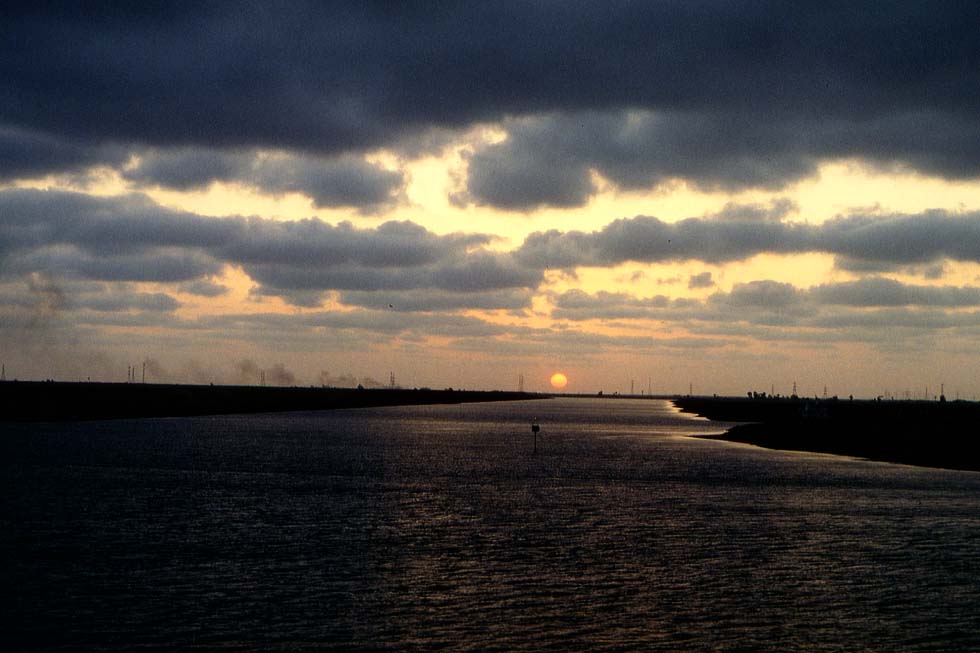
Suez Canal branch, Port Said (WS)
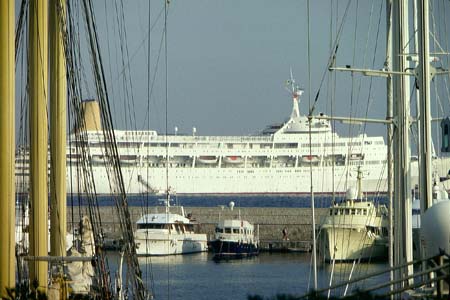
P&O liner "Canberra", Piraeus 1992 (WS)
|
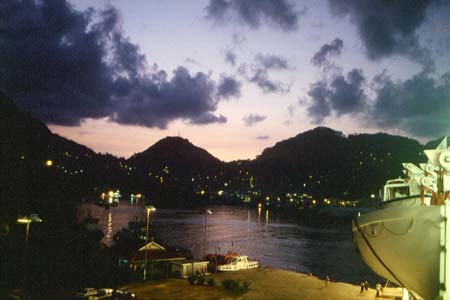
Victoria, Seychelles (WS)
|
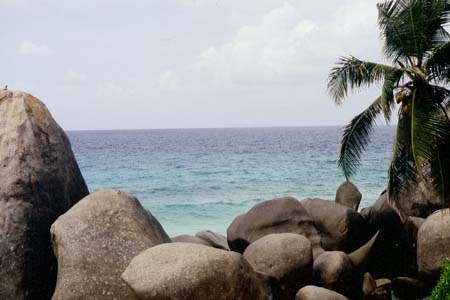
Seychelles (WS)
|
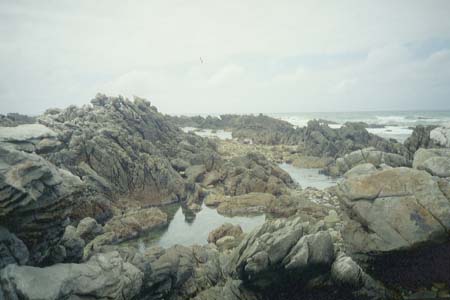
Cape Aguilhas, South Africa (WS)
|
Assuming that the art of writing messages (on bricks) was invented in the Middle East, more than 3000 years before Christ, the historian John K. Sidebottom ("The Overland Mail") considered the Euphrates Valley mankind's mail route to India. Establishment of a waterway from the Mediterranean to the Indian Ocean via a canal between the Nile, Lake Timsah and the Red Sea was tried around the year 1280 B.C. by the Egyptian King Ramses II and finally achieved by the Persian conqueror Darius I c. 500 years B.C. However, it could not resist the sandstorms, though the Romans and then the Arabs cleared it for some time.
Around the year 700 Islamic rule was extended from Arabia to the entire Middle East, vast parts of Africa, Spain and in 1453 Mohammed II conquered Constantinople. Asia had been connected with the Muslim world of Arabia and East Africa by Junks and Dhows long before the Portuguese Vasco da Gama in 1497 sailed to the sub-continent around the Cape of Good Hope. Portugal lost her position to Spain, but after having destroyed the Spanish Armada in 1588, England has become the leading power at sea. Under the rule of Queen Elizabeth the Hon. East India Company was founded in 1600. Queen Victoria was crowned Empress of India in 1876. With independence from the Spanish crown, the Netherlands became the other colonial power in the Asia-Pacific region. In 1602 they established an East India Company of their own. The Dutch discovered Australia in 1605, from 1788 on however a British colony, initially settled by convicts. With India, Ceylon, Burma, Malaya, Australia and New Zealand the Indian Ocean was the most important sea route long before the North Atlantic achieved that status. Though Marco Polo traveled already in the 13th century to China overland, the countries of South Asia and the Pacific Rim remained an unexplored territory. Sailing around the Cape of Good Hope was the way to India, China and Australia.
With steam power, regular shipping could start. Alone for the ocean liner and passenger-cargo traffic to and from Australia and New Zealand via the Indian Ocean or the Pacific, John M. Maber listed in "North Star to Southern Cross" 70 companies (or 229 ones including all their subsidiaries and successors) during the age of regular passenger shipping.
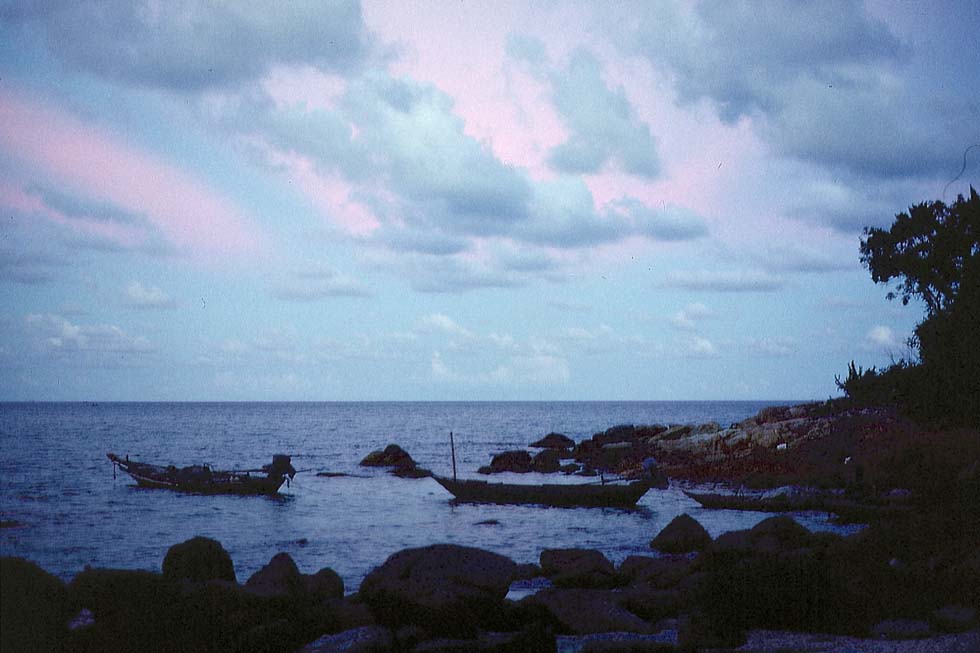
Andaman Sea (Dr. Friederike Soelch)
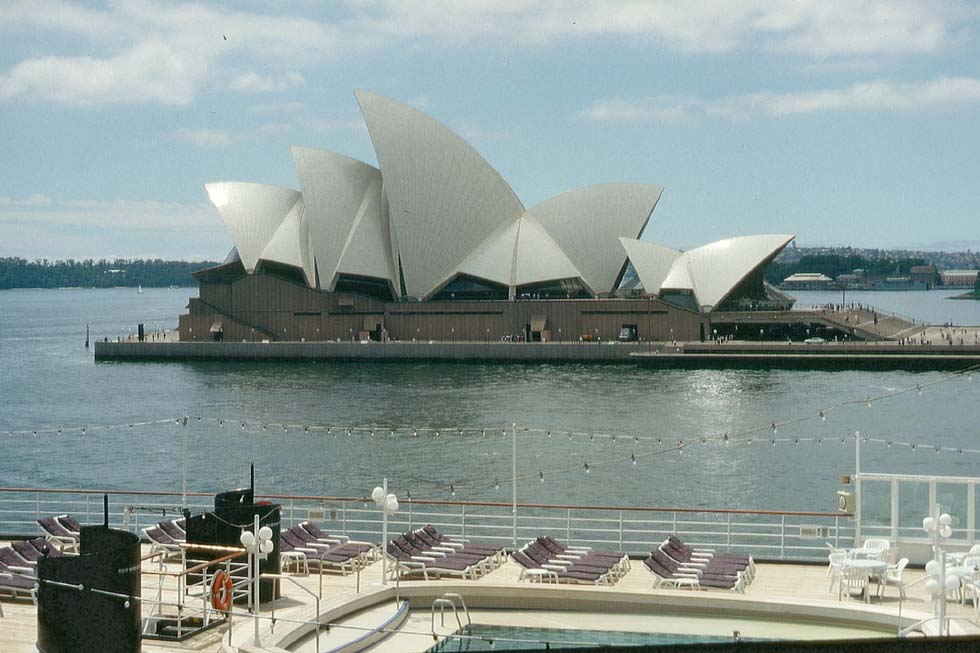
Sydney Opera, seen from the "Rotterdam" (WS)
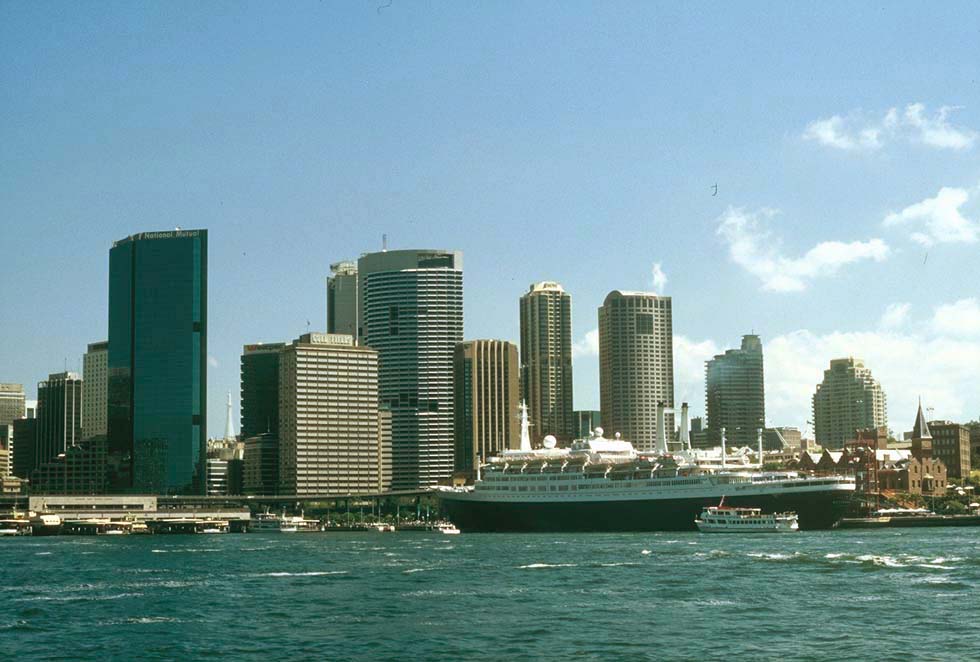
"Rotterdam", Sydney 1997 (WS)
Mail steamers in connection with the Egyptian Overland Route had cut the traveling time substantially. A further amelioration came with the completion of the Suez Canal in 1869, which had been anticipated already by the Venetians, by scientist Gottfried Wilhelm Leibnitz, by the Sultans and by Napoleon I (for the East Africa routes via Suez see chapter Branch Lines / Africa). In 1956 the Egyptian president Col. Nasser nationalized the canal. The following "Suez adventure" by Britain, France and Israel interrupted the traffic. The blockade of the canal ended with a ceasefire, arranged by the USA. Nasser started war on Israel in 1967 and lost the Suez Canal within six days. Packed with scrap and mines, it remained closed for eight years. Only the Sinai treaty made possible to clear it in 1974-75. Today the Suez Canal is the way for freighters between Europe and the emerging economic powerhouses of the East, whereas the Isthmus of Krai in Thailand never got the anticipated canal. The regular passenger liners, either for migrants or round-the-world tourists, however had almost disappeared when the Suez Canal was reopened in 1975 and now cruises are the way to cross the Indian Ocean.
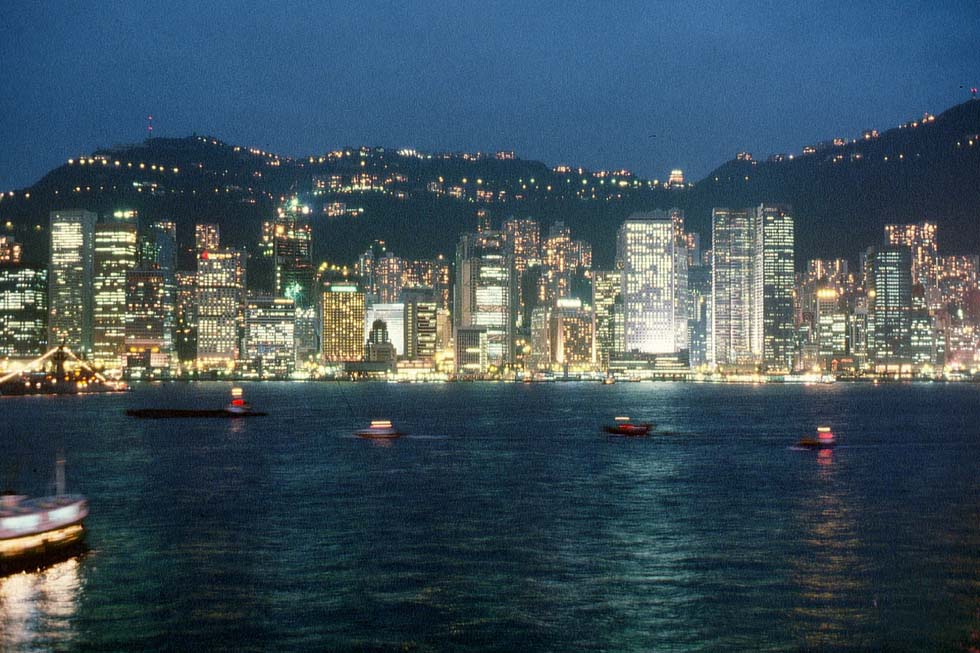
Hong Kong (WS)
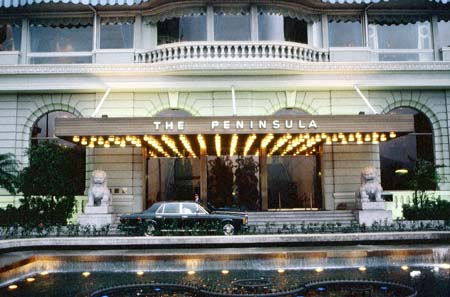 Hong Kong, Peninsula Hotel (WS)
Hong Kong, Peninsula Hotel (WS)
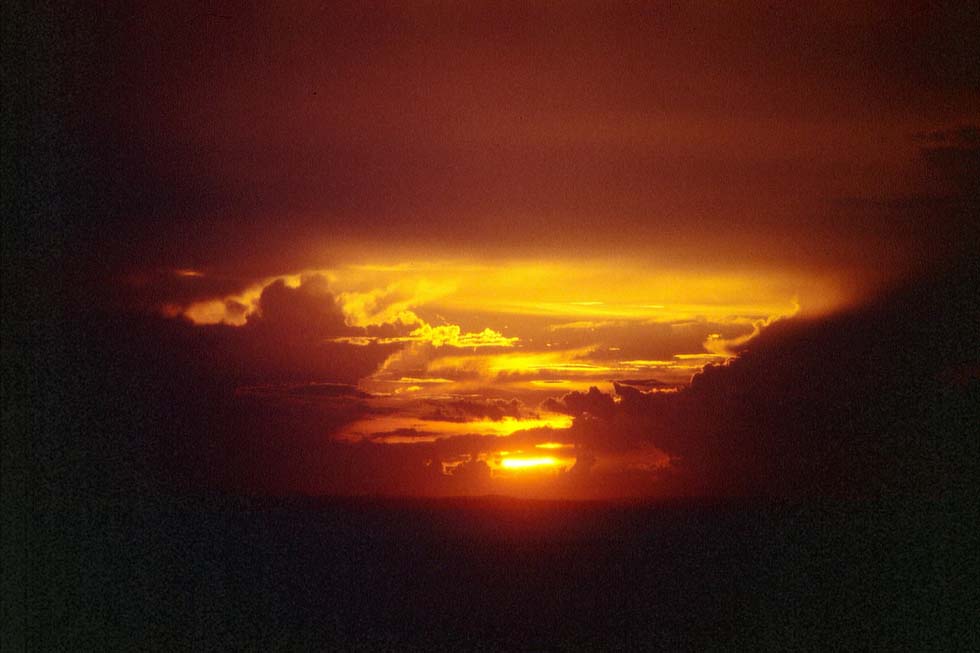
Sunset on the Indian Ocean (WS)
|